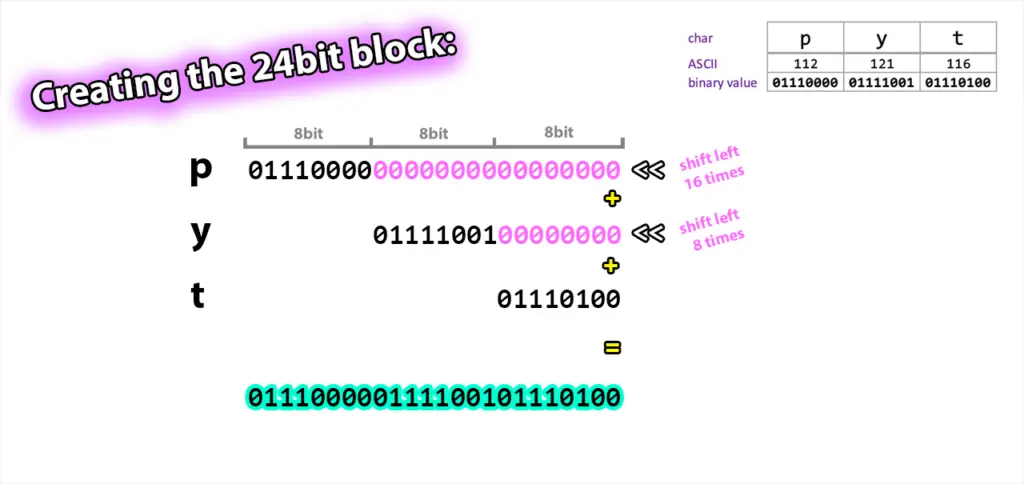

The name of this encoding comes directly from the mathematical definition of bases - we have 64 characters that represent numbers. In mathematics, the base of a number system refers to how many different characters represent numbers. What is Base64 Encoding?īase64 encoding is a type of conversion of bytes into ASCII characters. We will then use Python to Base64 encode and decode both text and binary data. In this tutorial, we would learn how Base64 encoding and decoding works, and how it can be used. By encoding our data, we improve the chances of it being processed correctly by various systems.

Files with binary data, bytes that represent non-text information like images, can be easily corrupted when being transferred and processed to text-only systems.īase64 encoding allows us to convert bytes containing binary or text data to ASCII characters.
#Base64 encoding python pdf
The buttons have a special parameter called command which takes in a function and executes it on click.Have you ever received a PDF or an image file from someone via email, only to see strange characters when you open it? This can happen if your email server was only designed to handle text data. Similarly, define three buttons to view the result, reset the fields, and halt the program. Also set the coordinates to organize them. Specify the parent window you want to place them in, the font style, the text, and the background color. def Exit ():ĭefine Label and Entry widgets for Message, Key, Mode, and Text. Define a function Reset() to clear out the contents of the Entry field. t(Decode(key.get(), Text.get()))ĭefine a function Exit() to kill and terminate the interpreter running in background. Incase the user doesn't enter a valid response, display an error message. Message = base64.urlsafe_b64decode(message).decode()ĭec.append(chr(( 256 + ord(message) - ord(key_c)) % 256))ĭefine a function Mode() that gets the mode entered by the user in the Entry widget and calls the appropriate function as per the selection. Append the character of the Unicode string message decode as shown below. Iterate up to the length of the message and set the modulus of the operation as index and store its value in key_c. Define an empty list and decode the message. Return base64.urlsafe_b64encode( "".join(enc).encode()).decode()ĭefine a function Decode() that accepts a key for encoding and decoding along with the message. The base64.urlsafe_b64encode() method encodes this input and replaces - with + and _ with /.Įnc.append(chr((ord(message) + ord(key_c)) % 256)) Join each element of the list with an empty string and use the encode() method to return a utf-8 encoded version of the string. Use ord() to get the Unicode value of the character and use chr() to get the character that represents the specified value.Īppend this value to the list. Set the index of key as the modulus of the operation and store its value in variable key_c. Define an empty list and iterate up to the length of the message. Label(root, text= 'Python Message Encoder and Decoder', font= 'arial 25 bold', fg= 'white', bg= "purple").pack()ĭefine a function Encode() that accepts a key for encoding and decoding along with the message. StringVar makes it easier to control the value of a widget like a Label or Entry. Use pack() to organize the widget in a layout block before placing it in the parent widget. The label accepts a parent window in which you want to place it, the text it should display, and the font style, color, and background color. Use Label widgets to display useful information about the application. Root.title( "Encode and Decode Messages Using Python")


 0 kommentar(er)
0 kommentar(er)
